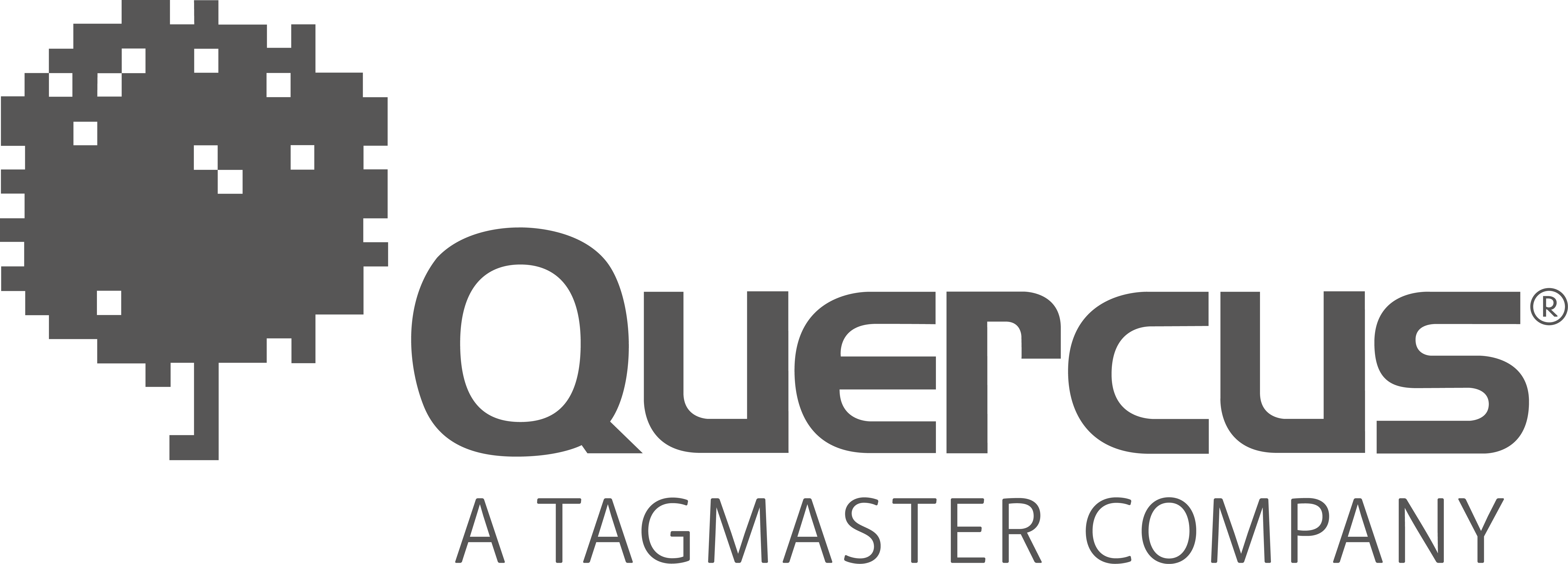Parking systems to improve user experience at airports
As an offshoot of the situation that society has been living through in recent years, airports around the world have been working even harder to continue providing a convenient, safe experience for all their users.
Parking facilities are places most users must visit before catching their flights. Parking can often be stressful, as travelers are keenly aware of the time it can involve. Furthermore, as we return to a longed-for normality, the number of daily flights has increased considerably. Therefore, as daily flight traffic rises at airports, the number of available parking spaces decreases. As a result, parking operators are working to improve the quality of this service.
Today, smart parking systems have emerged to cover crucial time-saving needs for users. Parking in a place as busy as an airport can be very frustrating for travelers, especially when this inconvenience could even cause them to miss their flights. But a rising number of airports are implementing parking guidance systems that contribute to a comprehensive, efficient and accessible experience for customers.
The implementation of these innovative, automated systems such as access control and guidance contribute to making parking entries and exits much more fluid and convenient for users, in addition to reducing internal traffic. Additionally, all movement generated is logged in the airport's parking software platform; this means massive amounts of data from which customized reports can be generated. Having real-time occupancy data on all of the vehicles entering and leaving the parking facility, in addition to the time they stay in the facility, empowers the operator to make strategic decisions that improve service quality, boost security and increase revenue by guaranteeing the best possible user experience.
Keys to an excellent comprehensive parking solution
Guidance systems are vital elements when it comes to simplifying the stays of parking facility users. Parking sensors are the devices responsible for informing drivers on the available spaces and where to find them in real time. With the added support of LED information panels, users can be guided to available spaces through the more detailed signage they will find at critical parking facility points. Not only will they reach their parking space as quickly as possible, they will also reduce the vehicle congestion that tends to occur when drivers search for a free space without first knowing where to go.
Without a doubt, airports must bring together all the resources necessary to be one of the most secure, controlled kinds of infrastructure that exists. Likewise, their parking facilities must also meet those standards. They must be fully monitored, so that, in the event of any security breach, the offender can be identified as quickly as possible.
Sensor technology provides capacity for vehicle detection in every parking space, video surveillance and license plate reader of parked vehicles. Sensors feature different options to indicate availability: they will be red if the space is occupied, green if available and other colors for spaces reserved for special users (individuals with reduced mobility, electric vehicles, family vehicles, VIP's or private members).
An excellent comprehensive parking solution includes additional services to provide the highest level of parking automation and efficiency. An LPR system that monitors parking garage entries and exits is clearly one of the most beneficial options to expedite vehicle traffic inside the premises, bolster airport security and cut parking time and vehicle congestion.
Among the many advantages that come with smart parking systems, one is the reduced impact of pollutant emissions from vehicles. Parking space sensors facilitate more fluid mobility in a parking garage, as drivers more efficiently and quickly find available spaces. Therefore, the time vehicles are running is reduced, and less pollutants are emitted from inside the garage to the outside, which means operators can make lighter investments in ventilation.
On another note, license plate recognition parking system enables savings on paper thanks to ticketless access systems. Being able to enter the license plate number into the machines to complete the transaction makes printing tickets and the paper required a thing of the past. These small steps add value to a sustainable mobility strategy and ensure a positive relationship between the parking sector and the environment.
To conclude, the management of areas used for parking has a major impact on the customer experience as well as operating company revenues. That is why a growing number of airports are investing in smart parking solutions that bring every advantage to achieve an efficient, optimal and automated smart parking system. Thanks to these systems, the possibilities continuously grow, which fuels the drive to adapt as early as possible to the new technologies that facilitate constant improvements for parking facility users and operators alike.
Parking Today, June 2022.
ARTICLES THAT MAY INTEREST YOU...

Contact us
If you are looking for answers, want more information, want to solve a problem or simply want to tell us how we did, please contact us.
We're happy to help you!



